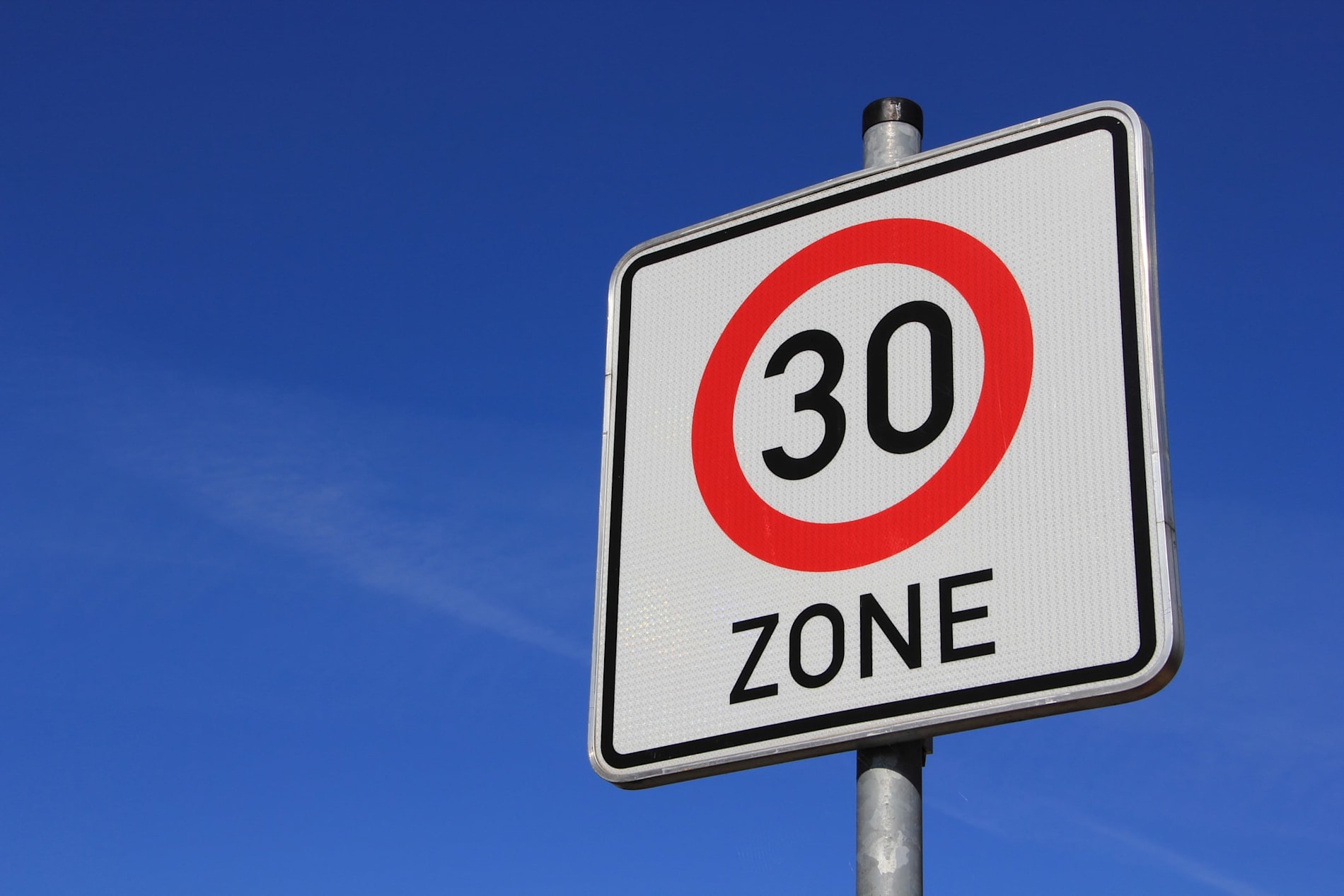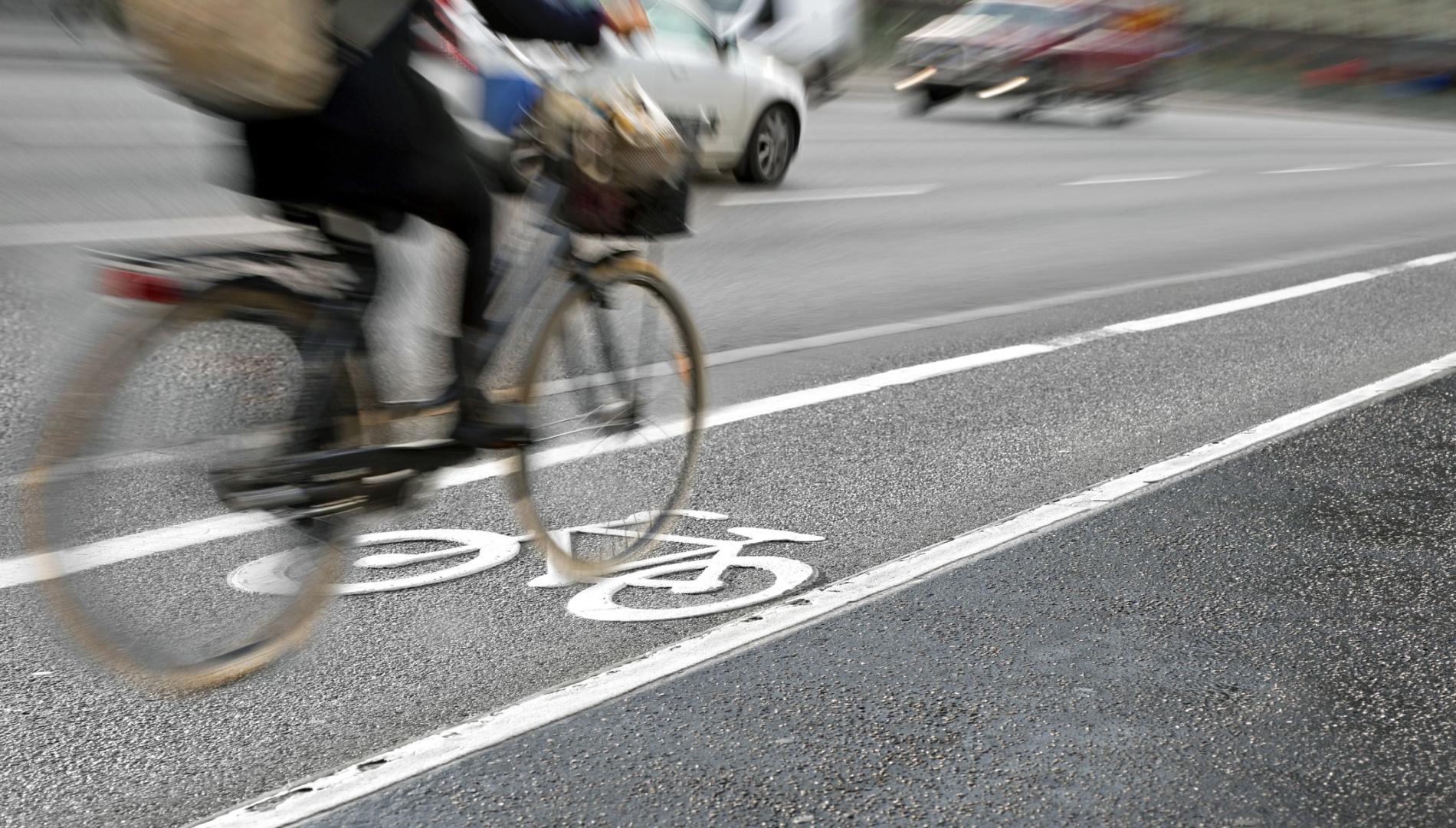The 30kmh revolution: Rethinking speed for safer, happier streets
Among road safety interventions, 30kmh speed zones are one of the most cost-effective, and enhance the safety and liveability of local streets. We have seen the effect of these speed zones in places such as Wales, Canada, Scotland, Colombia, and across Europe.
Yet, here in Australia, we’re well behind – there are only two areas in Victoria where these have been implemented.
Amid a physical activity and mental health crisis, increasing road trauma rates, and a climate emergency, the need for interventions such as these to enable people to use active mobility (walking and biking) are more important than ever.
In recognition, there’s growing momentum globally to implement 30 kmh speed limits on local streets to prioritise the movement of people over motor vehicle traffic, including by the World Health Organisation.
Zones of importance
Rapid global implementation has left many wondering: Where have 30 kmh speed zones come from, and why are they so important?
The 30kmh zones create safer, more inviting streets by reducing the risk and severity of crashes, and by making walking and cycling more attractive and accessible for people of all ages and abilities.
By slowing vehicle speeds, these zones foster a more people-friendly environment, encourage social interaction, and enhance local liveability, ultimately transforming streets into spaces where people feel comfortable to move, connect, and thrive.
The evidence in support of 30kmh speeds is strong. For safety, we know that the chance of a person surviving when hit by a car is just 10% at 50 kmh, compared to 90% at 30 kmh.
In Toronto, Canada, they observed a 67% reduction in fatal and serious injury after 30kmh speeds were implemented, and a 46% reduction was observed in London.
Read more: Ride on time: Go big, be bold – it’s time to make biking better
But 30kmh zones don’t only make streets safer, they also make them feel safer to the people who are there. By lowering vehicle speeds, we can create environments that are more conducive to people of all ages and abilities using walking and bike-riding for their everyday trips.
This has significant benefits for not only physical health, but mental health from enhanced liveability and social connectedness.
Emissions reductions of up to 18% have also been recorded following implementation, alongside significant reductions in noise pollution.
The question is no longer about whether 30kmh speed limits work and are needed, but how can we implement these at scale.
To answer this, we conducted 26 interviews with key government partners across Victoria, Australia, where 30kmh speeds have not been widely implemented, and British Columbia, Canada, where 30kmh zones have been widely implemented.
Published in Cities and Health, our study revealed that while there’s widespread desire for 30kmh speeds across all levels of government in Victoria, decisionmakers and practitioners face significant challenges in making them happen at scale.
Victorian speed policy is lagging behind
There are significant barriers to implementation of 30kmh speeds, including that the current policy in Victoria only allows these zones to be implemented on a trial basis.
In turn, this creates a series of ongoing challenges, as well as bureaucratic and resource-intensive approvals, often at the cost of local governments.
This is in contrast to British Columbia, where municipalities (equivalent to local government) can implement these speed changes without provincial approval, and as a result, have been far quicker to roll out 30kmh speed zones (there are 41 in British Columbia, and two in Victoria).

Lessons from British Columbia
British Columbia offers valuable insights for how we can successfully roll out 30kmh limits on local roads in Victoria. Given similarities in demographics, road design, travel distances, and land use, there’s a lot we can learn from its approach.
One key takeaway from British Columbia is that lowering speed limits isn’t just about changing the signs – it’s about making the whole road environment reinforce the new speed.
Decision-makers in British Columbia emphasised the importance of designing roads that naturally “look and feel” like they should be driven at 30kmh.
In Victoria, many of our roads are already well-suited for 30kmh speeds – or even lower – but others were designed primarily to move large volumes of motor vehicle traffic. These roads tend to be wide and often multi-lane, resulting in environments that still don’t encourage safe and active modes of travel.
Another key part of the importance of 30kmh zones is their ability to make streets safer for children. Road trauma is the leading cause of death for Australian children, and there are substantial inequities in those worst and least-affected.
As a further result of the car-centric and high-speed world we’ve created, playing outside or walking to school are no longer the norm for most children due to safety concerns.
At no surprise, this has resulted in Australian kids now being among the least-active in the world, ranking 140th out of 146 countries for physical activity.
Read more: Three in four people want to ride a bike, but are put off by lack of safe lanes
In the British Columbia context, policymakers realised the potential of lower urban speed limits in tackling similar challenges, and staged their approach of implementation by first creating 30kmh speed zones around schools and playgrounds.
Implementing 30kmh speed zones is a proven and cost-effective measure to enhance road safety, promote active transport, and improve liveability.
While global momentum continues to grow, Victoria lags behind due to policy misalignment and bureaucratic hurdles. The experiences of British Columbia demonstrate the value of streamlining the implementation process, and prioritising areas that need this intervention most.
As Victoria considers its next steps, a comprehensive, equity-focused approach that learns from international successes is essential. Bold action is needed to achieve net zero by 2050, and to create safer, more active, and connected communities, and reducing speeds on local roads is a vital step toward this goal.







